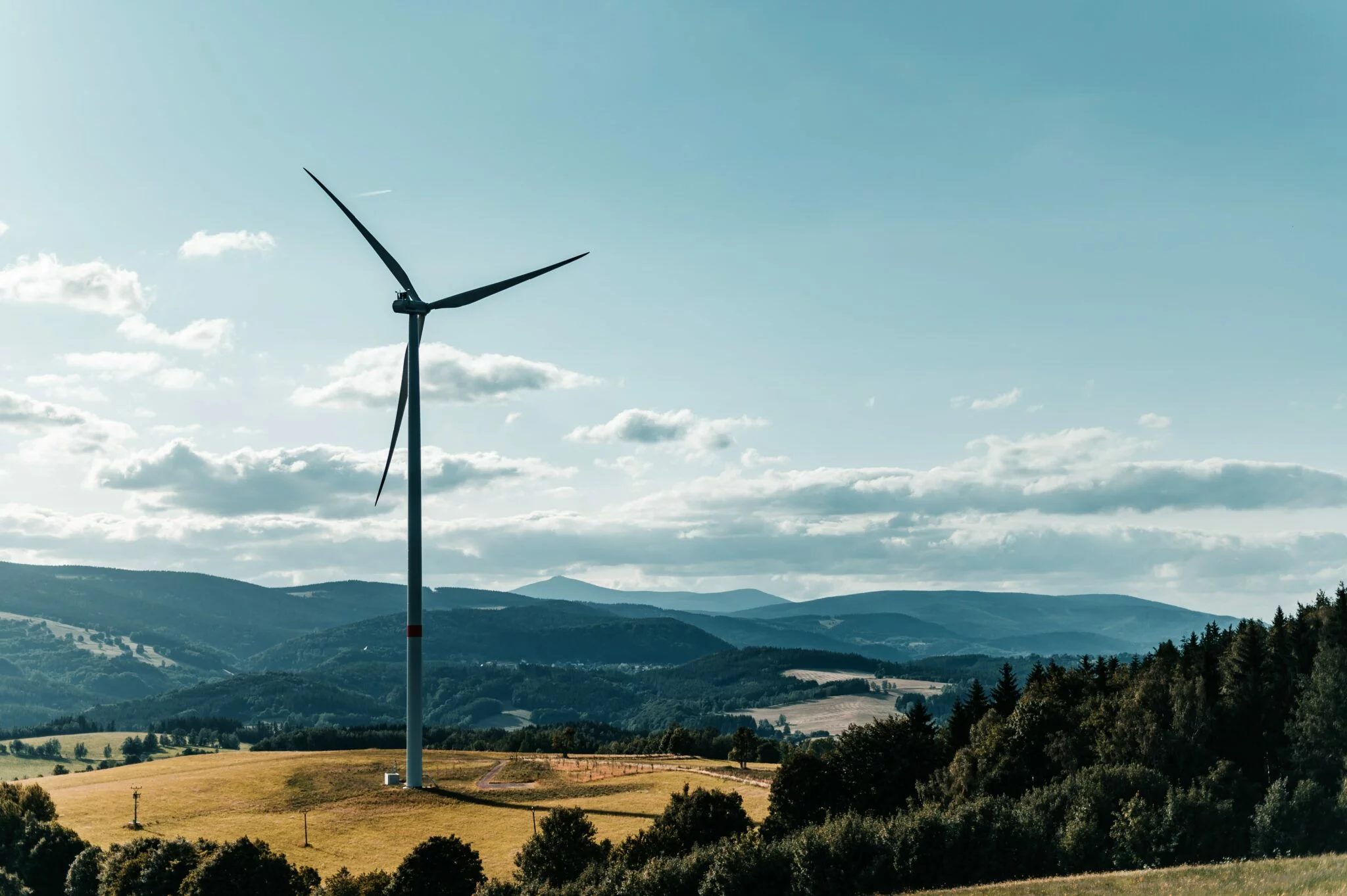By Ted Skerpon
The nation is experiencing historic unemployment levels as a result of the ongoing pandemic. New York alone has lost more than 700,000 private sector jobs, and our economy has been one of the slowest in the nation to recover. Overall, the U.S. oil, natural gas and chemicals industry cut 107,000 jobs from March to August 2020 — the fastest layoff rate in its history, according to a Deloitte report. And it does not appear those jobs will be returning anytime soon.
From President-elect Joe Biden’s campaign pledge for 100 percent clean energy by 2035 to Gov. Andrew Cuomo’s ongoing efforts to fulfill the mandates of his ambitious 2019 Climate Leadership and Community Protection Act (CLCPA), the switch to renewables now appears inevitable. The only question is how?
Renewables hold great promise, not just when it comes to combating climate change, but also in generating good-paying jobs. But in the short term, the clean energy sector — like so many other industries — suffered significant setbacks as a result of the coronavirus pandemic-induced economic downturn, losing an estimated 478,000 jobs nationally.
Moving from fossil fuels to renewables is not a “flip the switch” proposition. The speed of this change for which many are advocating, including calls for the immediate shutdown of older fossil fuel power plants, puts both workers and the reliability of the energy grid at risk. This summer’s rolling blackouts in California are a cautionary tale.
What we need is a measured approach that helps transition to renewables in time to meet the mandates of the CLCPA. A proposal by the New York Independent System Operator (NYISO) to incorporate the social cost of carbon emissions into its wholesale energy market could help achieve this goal.
The NYISO’s carbon pricing plan would charge power plants for the carbon they emit into the atmosphere and encourage the shuttering of older, fossil fuel facilities and investment in low-carbon or carbon-free resources like wind and solar. Studies show that this sensible, market-based approach will, over time, produce the results we all hope for — cleaner air and less expensive power.
It will also provide predictability for energy-sector workers, who can be retrained if they so choose, for jobs in the growing renewable industry. In addition, inner-city communities, which currently bear the brunt of pollution generated by outdated plants, could see their air quality improve more quickly — a significant public health benefit.
It will take time to convince the workforce of the benefits of transitioning to renewables. Those who are out of work need jobs, and investment in green energy can help. But those who are lucky enough to have retained their positions during the pandemic remain understandably worried about the changes that lie ahead.
The NYISO’s carbon pricing plan offers a sound and pragmatic solution to this complex energy problem. It is time for elected officials and policy makers to give it serious consideration as we seek to strike a balance between a much-needed economic recovery and a cleaner, safer world. If we do it right, we do not need to sacrifice one laudable outcome to achieve the other.
Note: This blog is a re-post of the original posted on the Syracuse Website.






